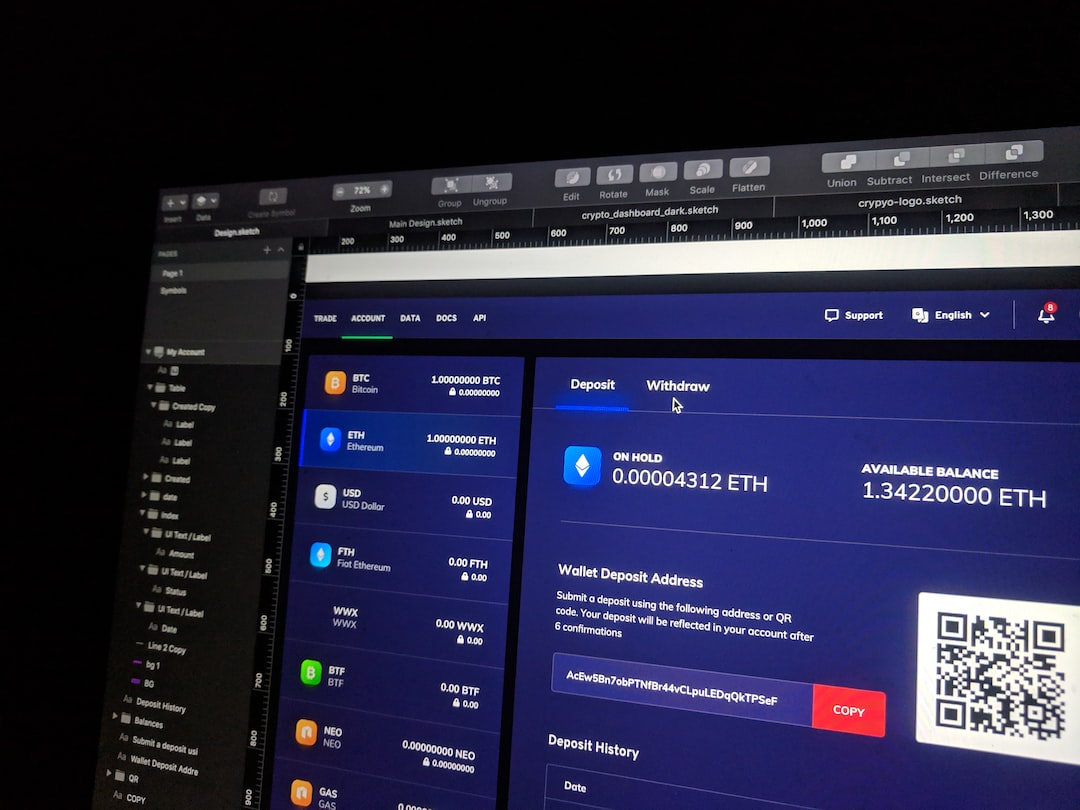Tether Refutes Claims on USDT Lending
Tether has responded to concerns raised by The Wall Street Journal (WSJ) regarding its lending practices. The stablecoin issuer has refuted claims about its USDT lending and reiterated its commitment to safety and transparency in its operations.
Uptick in Stablecoin Loans
Tether had previously announced plans to reduce stablecoin loans and reach a zero balance by the end of 2023. However, there has been a slight increase in these loans, allegedly due to pressure from long-time partners. Data shows that these loans rose from $5.3 billion to $5.5 billion in just one quarter.
Scrutiny and Controversies
The lending model of Tether, where customers can borrow USDT against collateral, has faced scrutiny in the past. Concerns have been raised about the nature of the collateral and the identity of borrowers. A report by WSJ in December 2022 suggested potential undercollateralization of these loans, raising doubts about Tether’s ability to redeem USDT during a financial crisis.
Tether’s Response
Tether has responded to the recent article by WSJ, criticizing the media outlet for disregarding the challenges faced by traditional banking. The company highlighted its $3.3 billion excess reserves as a sign of strength and readiness to handle financial adversities. Tether emphasized that it is committed to removing secured loans from its reserves.
Complexities of Stablecoin Ecosystem
Tether also emphasized the complexities involved in the stablecoin ecosystem and called for a better understanding of their operations. The company accused WSJ of spreading misinformation and suggested that vested interests may be influencing the criticism.
Hot Take: Tether Addresses Concerns on USDT Lending
Tether has responded to concerns raised by The Wall Street Journal about its lending practices. The stablecoin issuer refuted claims and emphasized its commitment to safety and transparency. Despite a slight increase in stablecoin loans, Tether stated that it is on track to remove these loans from its reserves. The company highlighted its $3.3 billion excess reserves as a sign of strength. Tether called for a better understanding of the stablecoin ecosystem and accused WSJ of spreading misinformation. The response aims to address apprehensions and reinforce Tether’s position in the market.





 By
By
 By
By
 By
By
 By
By
 By
By
 By
By